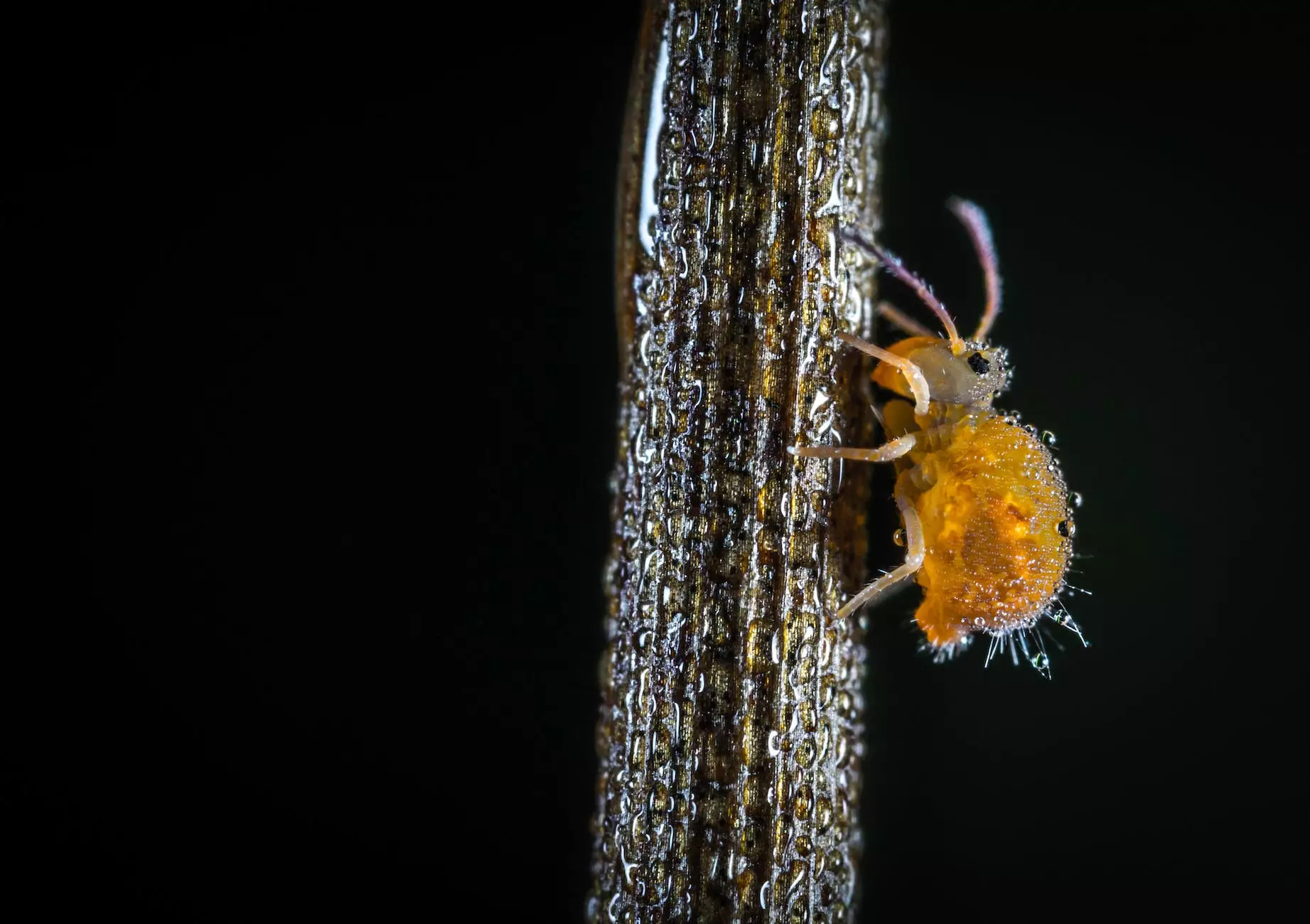Comprehensive Guide to Maize Weevil Control

The maize weevil poses a significant threat to corn production, making effective control strategies essential for farmers. These pests can wreak havoc on stored maize, leading to substantial losses both in yield and quality. Implementing robust maize weevil control methods is crucial to ensure the health of your crops and the sustainability of your farming practices.
Understanding the Maize Weevil
The maize weevil (Sitophilus zeamais) is a small beetle that infests grain and other stored products. Adult weevils are typically about 3-5 millimeters long and have a distinctive elongated snout. Understanding the biology and lifecycle of the maize weevil is the foundation of effective control.
Lifecycle of the Maize Weevil
Knowing the lifecycle helps in timing your control measures effectively. The lifecycle consists of four stages:
- Eggs: Female weevils lay their eggs inside the grains.
- Larvae: Once hatched, the larvae consume the grain, damaging it.
- Pupae: After feeding, larvae pupate inside the grain kernels.
- Adults: Fully developed adults emerge to continue the cycle.
Understanding these stages is critical for implementing timely maize weevil control strategies.
Signs of Infestation
An early detection is key in combating maize weevil infestations. Here are some signs to watch for:
- Holes in grains: Look for small punctures on the kernels.
- Frass: Fine powder or droppings near storage areas indicates larvae presence.
- Live pests: Adult weevils may be seen crawling on or in the maize.
If you observe any of these signs, it is vital to initiate maize weevil control measures promptly.
Preventive Measures for Maize Weevil Control
Preventing maize weevil issues before they start can save farmers time, money, and resources. Here are effective preventive measures:
1. Thorough Cleaning and Inspection
Before storing maize, ensure that storage facilities are clean. Remove residues and debris that may harbor insects. Regularly inspect storage areas and grain for signs of weevil activity.
2. Proper Drying of Crops
High moisture content in maize can attract weevils. Aim to dry grains to a moisture content of 13-15% before storage. Use moisture meters to monitor levels accurately.
3. Use of Aeration Systems
Implementing aeration can help maintain low temperatures and humidity levels, creating an environment unsuitable for weevil development.
4. Controlled Storage Conditions
Store maize in airtight containers or silos that limit the entry of these pests. Preventing moisture and air exchange can significantly reduce the risk of infestations.
Active Control Methods
In instances where infestations occur, various maize weevil control methods can be employed to eliminate the problem effectively.
1. Chemical Insecticides
Using chemical insecticides must be done judiciously. Look for products specifically labeled for maize weevil control. Always follow manufacturer instructions regarding application rates and safety measures.
2. Biological Control
Consider utilizing biological control agents, such as Trichogramma wasps, which parasitize the eggs of the maize weevil. This environmentally-friendly option can help manage pest populations without chemical residues.
3. Heat Treatment
Heating infested maize to temperatures of 50°C (122°F) for at least an hour can effectively kill all life stages of the maize weevil. Ensure proper monitoring of temperature to achieve adequate results.
Post-Infestation Management
After dealing with a maize weevil infestation, it is crucial to manage your grain carefully moving forward. Practices include:
1. Regular Monitoring
Continual monitoring will help to detect any resurgence of weevils. Regularly check the storage conditions, moisture content, and for visible pests.
2. Crop Rotation
Implementing crop rotation can disrupt the lifecycle of maize weevils by making it difficult for them to find suitable food sources consistently.
3. Educating Farm Workers
Train your staff on pest management techniques and make them aware of the signs of infestation. This proactive approach can limit further issues and engage everyone in vigilance.
Conclusion: The Importance of Maize Weevil Control
The impact of maize weevil on crop yield and quality cannot be understated. By adopting a comprehensive approach to maize weevil control, farmers can protect their investments and ensure sustainable practices within their agricultural operations. Embrace prevention, monitor effectively, and execute control measures timely to safeguard your maize and other crops from these pesky intruders.
Resources for Further Information
For additional in-depth resources on pest management and crop protection, consider referring to:
- Iowa State University Extension and Outreach
- National Institutes of Health - PubMed Central
- Food and Agriculture Organization of the United Nations
By staying informed and implementing best practices, you can effectively manage your crops and mitigate risks posed by maize weevils.









